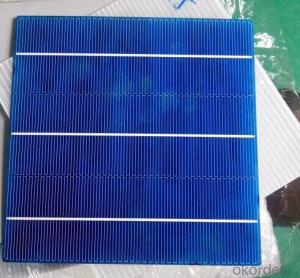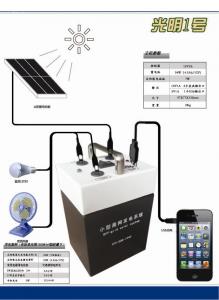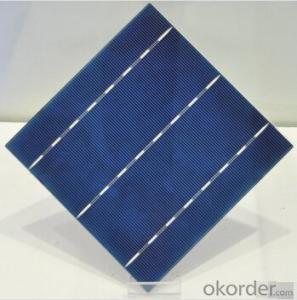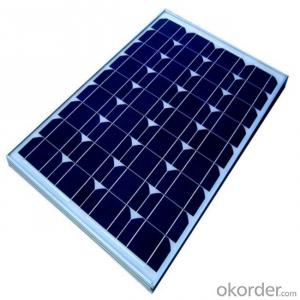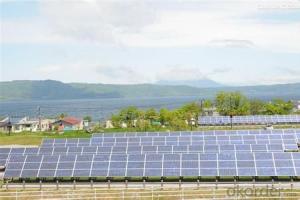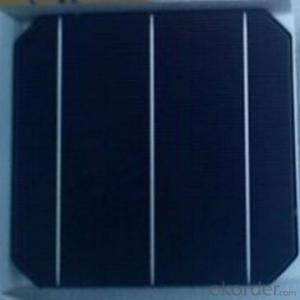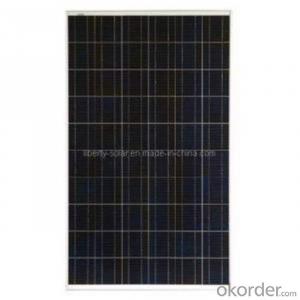Buy Small Solar Cells
Buy Small Solar Cells Related Searches
Best Solar Panel Inverter Solar Panel Decking Lights Solar Panel Inverter Box Inverter Generator Solar Panel Solar Panel Roof Mount Solar Panel Inverter Function Inverter Cost Solar Panel Cheap Solar Power Inverter Solar Panel Without Inverter Solar Panel Micro InverterHot Searches
Cheap Solar Cells For Sale Flexible Solar Cells For Sale Q Cells Solar Panels For Sale Printed Solar Cells For Sale Bulk Solar Cells For Sale 6x6 Solar Cells For Sale Broken Solar Cells For Sale Cpv Solar Cells For Sale Photoelectric Cells For Sale Price Of Silicon Solar Cells Price Of Solar Cells Over Time Buy Solar Cells From China Cheap Solar Cells China Best Type Of Solar Cells Flexible Solar Cells Price Q Cells Solar Panels Price 3 Types Of Solar Cells Production Of Solar Cells Common Types Of Solar Cells Q Cells Solar Panel PricesBuy Small Solar Cells Supplier & Manufacturer from China
Okorder.com is a professional Buy Small Solar Cells supplier & manufacturer, offers integrated one-stop services including real-time quoting and online cargo tracking. We are funded by CNBM Group, a Fortune 500 enterprise and the largest Buy Small Solar Cells firm in China.Hot Products
FAQ
- What is the difference between polysilicon and monocrystalline silicon photovoltaic cells?
- Monocrystalline silicon is made of polycrystalline silicon by a single crystal furnace, but also useful for the preparation of monocrystalline silicon melting. Polysilicon is the direct raw material for the production of monocrystalline silicon, which is the basic material of electronic information for semiconductor devices such as contemporary artificial intelligence, automatic control, information processing, photoelectric conversion and so on. Known as the "cornerstone of the microelectronics building."
- A solar cell, also known as a photovoltaic cell, is a device that converts sunlight directly into electricity using the photovoltaic effect. It consists of a semiconductor material that absorbs photons from sunlight, generating an electric current as a result.
- Yes, solar cells can definitely be used for off-grid living. They provide a clean and reliable source of renewable energy, allowing individuals to generate their own electricity without relying on the traditional power grid. Solar cells can be used to power various appliances, lighting systems, and even charge batteries for nighttime usage. This makes solar energy an ideal solution for those living in remote areas or seeking a sustainable and independent lifestyle.
- Yes, solar cells can be used in recreational vehicles (RVs). Solar panels can be installed on the roof of an RV to harness sunlight and convert it into electricity, which can then be used to power various appliances and systems within the vehicle. This allows RV owners to enjoy the benefits of renewable energy while traveling and reduces the need for traditional power sources.
- Yes, solar cells can definitely be used in educational institutions. In fact, they can serve as valuable teaching tools for students to learn about renewable energy, sustainability, and the importance of reducing carbon footprint. By installing solar cells on the premises, educational institutions can also save on electricity costs and set an example for the community by embracing clean energy solutions.
- The installation time for solar cells on a residential property can vary depending on factors such as the size of the system, complexity of the installation, and the experience of the installation team. However, on average, it usually takes around one to three days to complete the installation process.
- Yes, solar cells can be used to power emergency lighting systems. Solar cells convert sunlight into electricity, which can be stored in batteries for use during emergencies or when there is a power outage. This makes them a reliable and sustainable source of power for emergency lighting systems.
- The role of silicon in solar cells is to act as a semiconductor material that converts sunlight into electricity through the photovoltaic effect. Silicon is chosen for its ability to absorb photons and release electrons, creating an electric current that can be harnessed as a renewable energy source.
















